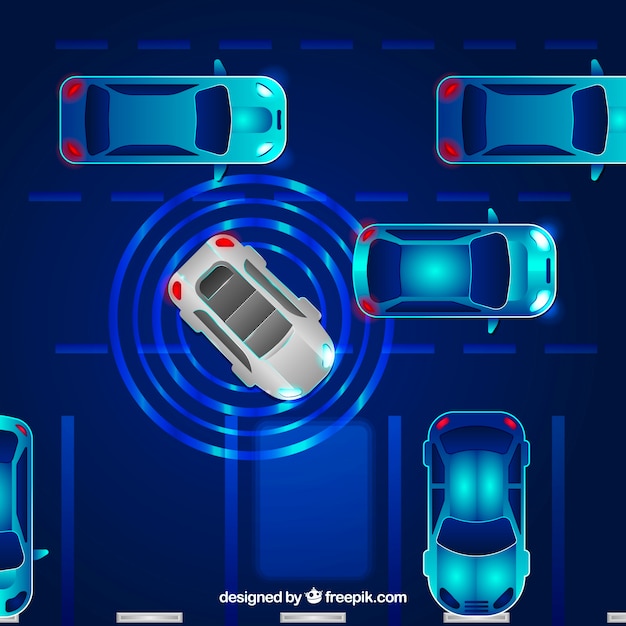Pioneers Unveil Comprehensive Blueprint for Secure Automated Driving

Eleven companies specializing in automotive and automated driving technologies have released a framework called “Safety First for Automated Driving” (Safad). This framework is designed to guide the development, testing, and validation of safe automated passenger vehicles.
The companies involved are Aptiv, Audi, Baidu, BMW, Continental, Daimler, Fiat Chrysler Automobiles, Here, Infineon, Intel, and Volkswagen. Together, they represent a significant portion of the industry and have created what is currently the most comprehensive report on building, testing, and operating safe automated vehicles.
The main goal of the Safad white paper is to highlight the importance of designing vehicles with safety in mind and verifying and validating their performance. It provides a structured approach for developers and operators to ensure automated vehicles (AVs) can demonstrate safety through various components like cameras and steering systems. This framework aims to prove that AVs are safer than the average human driver.
For the first time, the document summarizes well-known safety-by-design techniques and methods for verification and validation specifically for levels three and four automated driving, as defined by the SAE.
The Safad white paper is built on 12 guiding principles that outline the capabilities of automated vehicles. These principles help drive the safe-by-design elements that support the vehicle’s capabilities. The expertise of major car manufacturers, suppliers, and technology firms has been combined to direct the development of safe automated vehicles.
Interest and progress in automated driving technology have surged in recent years due to the potential benefits like reducing vehicle-related fatalities, improving traffic flow, and introducing new mobility concepts. This rapid advancement has led to diverse development methodologies from both established and new companies.
By publishing Safad, the authors aim to share their findings and methodologies at various industry and technology conferences around the world in the coming months. Some key aspects of the white paper include:
– Safe Layer: The automated driving system needs to recognize its own limits, especially in situations where it cannot safely hand control back to the driver, and take action to minimize risk.
– Safety Assessment: Ongoing verification and validation are essential to make sure that safety goals are continuously met, improving overall safety over time.
– Data Recording: Automated vehicles should record relevant information when an event or incident occurs, in compliance with data privacy laws, to understand and improve system performance.
In summary, the Safad white paper provides a clear, organized approach to enhancing the safety of automated vehicles, laying the groundwork for future advancements in this rapidly growing field.